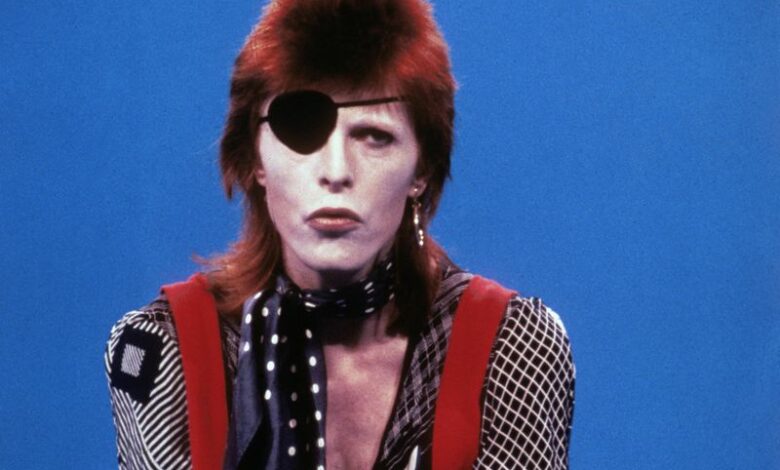How a fake Lou Reed inspired David Bowie’s Ziggy Stardust

David Bowie was a legend, there can be no doubting it. One of the most pioneering musicians of all time, what he did for culture was nothing short of colossal. Whether it be musical experimentation or pushing the established norms for aesthetics and sexuality, Bowie was an iconoclast who helped change the world through his fearless dedication to the creation of art and his commitment to achieving artistic enlightenment.
When thinking of the boundary-pushers in rock music of the 20th century, you’re normally met with three recurring characters, Bowie, Iggy Pop and Lou Reed. Three kindred spirits, who were friends, collaborators and creative fiends—they inspired each other in myriad ways. Without the efforts of this radical triptych, music and culture today would be without some of their most essential facets, including the fluidity and experimentation that we see all around us in contemporary culture.
In terms of David Bowie, one period of his career helped to establish his path to greatness, and in terms of status, you don’t get much more legendary. Of course, we’re talking about the character of Ziggy Stardust and the 1972 album, The Rise and Fall of Ziggy Stardust and the Spiders from Mars. The guise of Ziggy Stardust allowed Bowie to discuss the artificiality of music, politics, drug use, sexual orientation and stardom in a way that had never been done before.
The ’70s were here to stay, with all its experimentation and discussion of humanity’s other side. Ziggy Stardust set a precedent for another groundbreaking album that would also help to shut the door on the ’60s for good, Lou Reed’s Transformer, which David Bowie and Mick Ronson famously produced.
Interestingly, for the iconic character of Ziggy Stardust, Bowie credited two figures in inspiring his creation. The first was a man he spoke with after the first Velvet Underground concert he attended, who he mistook for Lou Reed. It turns out that the man was just a phoney.
“He sat there and talked as though he was Lou and he was talking about how he wrote ‘Waiting For The Man’ and all these things!” recalled Bowie many years later. “And it was at that point that I realised that, at the time, it didn’t matter to me if this was the real one or a fake one.”
The other inspiration, and the one that makes a lot more sense, was Vince Taylor. An obscure figure today, but in the late-’60s London scene, he was well known. Taylor was a former pop star who was going through a very public bout of mania. Bowie said: “He fired his band and went on-stage one night in a white sheet. He told the audience to rejoice, that he was Jesus. They put him away.”
It’s revelations such as these that give Ziggy Stardust and David Bowie more density than we thought possible. Ziggy Stardust, the character, was a brilliant combination of real-life influences that allowed Bowie to use him as a conduit for groundbreaking social commentary. In turn, the line was often blurred between Stardust and Bowie, showing the great extent to which Bowie took his art.
Listen to ‘Ziggy Stardust’ below.





